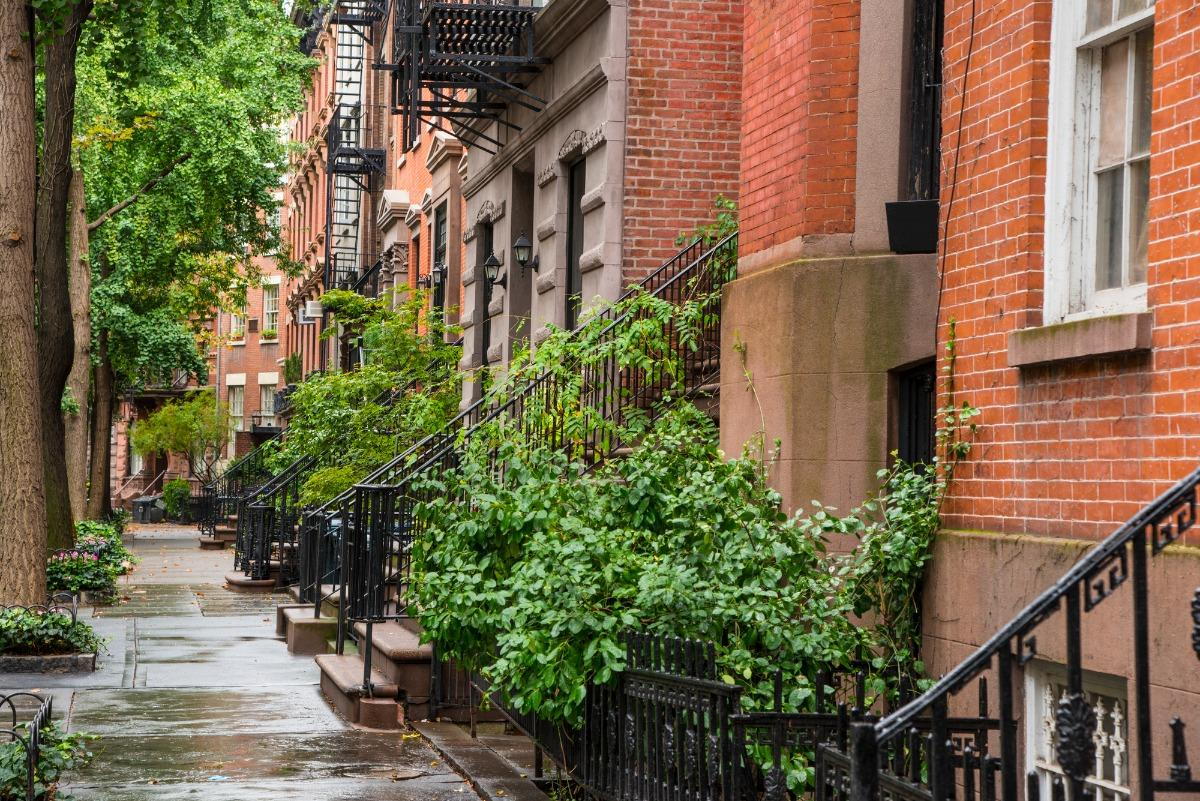
- posted: May 26, 2022
What to Know About Rent Controlled Apartments in NYC
New York City is one of the most expensive places to live, and rent here is famous for rising quickly. Rent control is one of New York’s many systems in place for regulating the cost of rent to ensure families and individuals aren’t forced out of their homes. But what defines rent control, and what does a rent increase look like for a rent-controlled apartment?
In this blog, we’ll dive into the details of New York City’s rent-controlled apartments and tenants, and what your rights are as a tenant. Let’s get into it!
What is Rent Control?
Rent control is one of two rent regulation systems that are currently in place in New York City. Rent control covers tenants who live in buildings that were built before February 1, 1947, those who have lived in their apartments since July 1, 1971 (or since April 1, 1953 if the building has fewer than three units), or a person who succeeded a tenant who lived in one since then.
Who Are Rent-Controlled Tenants?
There are approximately 22,000 rent-controlled apartments currently in New York City. The median income of these households is $22,200, and their median rent is $551—over 30% of their monthly income. Most of the city’s rent-controlled tenants are elderly, with most tenants having lived in their apartments since 1971 or before.
How Many Rent-Controlled Apartments Exist In New York City?
Rent control is often confused with rent stabilization, which is a newer system of rent regulation in New York City. While there are nearly a million rent stabilized apartments in New York City, there are fewer than 25,000 rent-controlled apartments remaining, down from over a million rent-controlled apartments in the 1970’s.
Most rent-controlled tenants earn about $22,000 per year and pay over 33% of their income towards rent. In 2019, the State Legislature made significant changes in order to create a system that made it easier for elderly tenants who live in rent-controlled apartments.
How do Rent-Controlled Tenants Get Rent Increases Now?
Landlords must apply once every two years, six months prior to the increase period, using the Minimum Base Rent (MBR) application. This application is reviewed by the Division of Housing and Community Renewal, and qualifying landlords are allowed to raise rent by a given, allowable increase.
Rent increases are only granted to landlords if they file for it six months prior to the cycle, certify that the essential services are being maintained, and that 100% of rent impairing violations and 80% of all other violations that were in place on January 1 of that year have been removed. Beginning in June 2019, the rent increase is now an average of the last five Rent Guidelines Board 1-year rent increases, or 7.5%, whichever one is less. However, landlords are still obligated to apply for an increase.
Is There Any Way to Stop the Rent From Increasing For My Rent-Controlled Apartment?
Rent-controlled tenants are able to challenge an increase in rent if they are able to prove that violations were not removed. For example, if your apartment has an ongoing violation for lack of hot water, the landlord’s MBR application will be denied. If their application is denied and survive’s the landlord’s appeal, they will be unable to get it retroactively later. In order to challenge an increase in rent, tenants must file a challenge using form RA-94 within 35 days of receiving the Notice of Increase in Maximum Base Rent form (RN-26S).
Rent-controlled tenants also have two other challenges when it comes to stopping rent increases. One of them is demonstrating that the landlord failed to provide essential services. Additionally, tenants can make the claim that the landlord does not need the increase in rent in order to run the building. However, in order to verify this claim, the landlord must certify that they have paid, or promise to pay, at least 90% of the expense allowance for the operation and maintenance of the building.
All Rent-controlled and rent regulated tenants are able to obtain rent freeze and rent reduction if the landlord is not providing services or making repairs and the tenant follows proper procedures. In order to get the rent freeze and the roll back, the tenant must write a letter to the landlord, mailed by certified mail, describing the issue. The landlord is then given ten days, and if by then, the issue is not fixed, the tenant is able to file for a decrease in rent with the DHCR. If the problem is a lack of heat or hot water, tenants are urged to call 311 until an inspector visits and records the violation, then obtain a copy of the violation and send it to the DHCR with the proper form.
Outerbridge Law Protects Rent-Controlled Tenants
Protecting residents from exorbitant rent increases is essential for protecting vulnerable families and individuals who oftentimes would have nowhere to turn if their rent became prohibitively expensive.
If you’re living in a rent-controlled unit and your landlord has increased rent unlawfully, don’t wait; contact Outerbridge Law today. We’ll work diligently to ensure that your rights are being protected and that your landlord remains fully compliant with all rent increase regulations.


